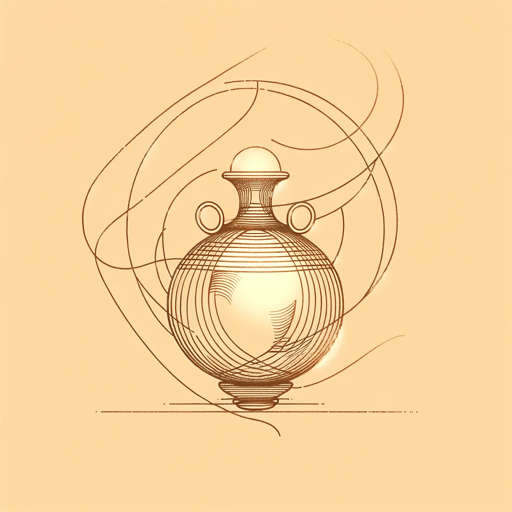48 pages • 1 hour read
HesiodTheogony
Fiction | Poem | Adult | BCEA modern alternative to SparkNotes and CliffsNotes, SuperSummary offers high-quality Study Guides with detailed chapter summaries and analysis of major themes, characters, and more. For select classroom titles, we also provide Teaching Guides with discussion and quiz questions to prompt student engagement.
Literary Devices
Form and Meter
In Greek, Hesiod composed the Theogony in the traditional meter for Greek and Roman epic poetry, dactylic hexameter. Each line has six metrical feet composed of either dactyls (one stressed syllable followed by two unstressed syllables) or spondees (two stressed syllables). Dactylic hexameter was a powerful tool for oral poets, who recited their poems entirely by memory. Lines are easily divided into rearrangeable parts, like linguistic Legos. If a poet found himself in a pinch, forgetting a line or two in front of an audience, he could easily insert a preset placeholder (like Homer’s famous epithets, or stock descriptions of a hero, e.g. “swift-footed Achilles”) to finish a line and keep the narrative moving.
Hesiod’s Ionic dialect of Greek is more or less similar to Homer’s, though he uses a higher proportion of “Aeolicisms,” or regional twangs from his father’s homeland in Asia Minor.
In his lively, colloquial English translation, Stanley Lombardo tends to use anapests as his metrical foot of choice (two short syllables followed by one long syllable). Dactylic hexameter is famously difficult to replicate in English, which lacks the word order flexibility of Greek and Latin.


